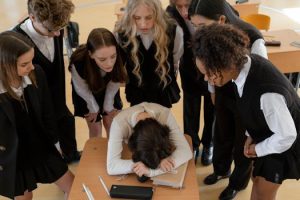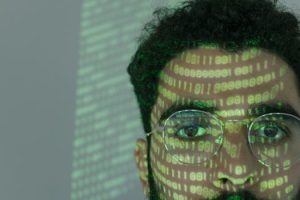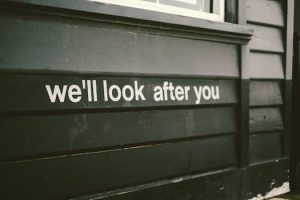Digital Literacy 2.0: Navigating Misinformation and Deepfakes
In the digital age, almost everything is at our fingertips. With just a few clicks, we can access a seemingly endless stream of information. But as we consume more and more information online, how do we know what is true and what is false? This is where digital literacy comes in – the ability to navigate, assess, and critically analyze information in the digital world. However, with the rise of advanced technology, such as deepfakes, digital literacy has evolved into a new version – Digital Literacy 2.0. In this article, we will explore the concept of Digital Literacy 2.0 and how it can help us navigate through the world of misinformation and deepfakes.
The Evolution of Digital Literacy
Digital literacy has been a buzzword for quite some time now. With the increasing use of technology, it has become an essential skill for everyone, not just for the tech-savvy individuals. Digital literacy, in its traditional sense, refers to the ability to use digital technologies effectively. But as technology continues to advance, the concept of digital literacy has also evolved. It is no longer just about knowing how to use technology, but also about being able to critically assess and analyze information in the digital space.
With the proliferation of social media and online platforms, more and more people are turning to the internet for news and information. But not all information found on the internet is accurate and reliable. Oftentimes, misinformation and propaganda are disguised as legitimate news, making it challenging for users to discern what is real and what is fake. This is where Digital Literacy 2.0 comes in – equipping individuals with the necessary skills to navigate through the sea of misinformation.
Navigating Through Misinformation
Identifying Fake News
Before the rise of social media, traditional media outlets were considered the gatekeepers of information. They were responsible for fact-checking and ensuring the accuracy of the information they disseminate. However, with the rise of social media, anyone can be a content creator, and truth often takes a backseat to sensationalism. As a result, fake news is shared and spread like wildfire.
Being digitally literate means being able to identify fake news and propaganda. Some tell-tale signs of fake news include sensational, click-bait headlines, lack of credible sources, and emotional language. It is essential to critically assess information and look for multiple sources before believing or sharing it.
Fact-Checking Tools
In the era of Digital Literacy 2.0, fact-checking tools have become essential in combating misinformation. These tools use algorithms to search for sources and verify the accuracy of the information found. Some popular fact-checking tools include Snopes, FactCheck.org, and PolitiFact.
However, it is essential to note that these tools are not foolproof. They are just a part of the solution but can guide users in determining the credibility of information. It is still crucial to use critical thinking skills in assessing information.
Navigating Through Deepfakes
Deepfakes are another challenge that comes with the advancement of technology. Deepfakes are highly manipulated audio and video that use artificial intelligence to create a realistic-looking and sounding version of a person. These videos can make anyone appear to say or do something they have never done.
Digital Literacy 2.0 teaches individuals to be wary of deepfakes and use critical thinking skills to spot them. Some indicators of a deepfake video include facial or vocal inconsistencies and unusual or unnatural movements.
Trustworthy Sources
In the digital world, not all sources are created equal. It is crucial to seek information from credible and reliable sources. These include established news outlets, academic or government websites, and fact-checking organizations. Checking the credibility of the source can help in avoiding deepfakes.
Verify Before You Share
Deepfakes often go viral because people share them without verifying their authenticity. Before sharing any information, it is essential to check whether multiple sources have also reported the same information. It is also advisable to remind others to do the same, as personal responsibility can help combat the spread of deepfakes.
The Importance of Digital Literacy 2.0
In today’s digital landscape, being digitally literate is not enough. It is vital to be digitally literate 2.0, equipped with the necessary skills to navigate through the world of misinformation and deepfakes. By being digitally literate 2.0, individuals can help in combating the spread of false information and protect themselves from falling prey to deepfakes.
Digital Literacy 2.0 also encourages critical thinking skills, which are essential in navigating the internet. By critically assessing information, individuals can make informed decisions, prevent the spread of misinformation, and protect themselves from potential harm.
Conclusion
We are living in an era where technology is constantly evolving, and we must adapt to the changes it brings. Digital Literacy 2.0 is the new version of digital literacy that equips individuals with the necessary skills to navigate through the world of misinformation and deepfakes. By being digitally literate 2.0, we can protect ourselves and contribute to combatting the spread of false information. It is not just a skill, but a responsibility to navigate the digital world with caution and critical thinking.







